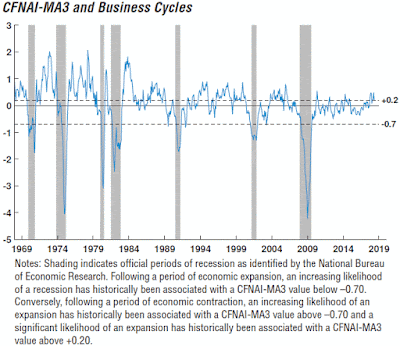Consumer Sentiment: Final Result for June 2018
Predicted: 99.0
Actual: 98.2
- Change from Previous Month: +0.204% (+0.2 point)
- Change from 12 Months Previous: +3.368% (+3.2 points)
=========
Previous Month's Final ICS Reading: 98.0.
=========
From today's report:
"...Consumer sentiment retreated in late June to just above the May reading largely due to concerns about the potential impact of tariffs on the domestic economy. The falloff in confidence was minor, as the Sentiment Index has been virtually unchanged for the past three months. The persistent strength has been due to favorable assessments of jobs and incomes. While consumers anticipated rising interest rates during the year ahead, those expected increases were associated with a modest decline in longer term prospects for the national economy. For the year ahead, consumers still anticipated that the economy would produce small additional declines in the unemployment rate as well as higher wage gains. Consumers also anticipated an uptick in inflation during the year ahead, partly due to rising energy prices and partly due to tariffs.
The potential impact of tariffs on the domestic economy was spontaneously cited by one-in-four consumers, with most expecting a negative impact on the domestic economy (21% out of 26%). The primary concerns were a downshift in the future pace of economic growth and an uptick in inflation. A longstanding belief of consumers is that trade with other countries results in a broader range of available goods at lower prices. When asked in a recent survey about their views on international trade, two-thirds of consumers thought that more trade with other countries would be better for the domestic economy (see the chart). To be sure, consumers' judgements about the impact of higher tariffs will not crystalize until they gain more experience with actual changes in product prices and domestic employment. While tariffs may have a direct impact on only a very small portion of overall GDP, the negative impact could quickly generalize and produce a widespread decline in consumer confidence..."
=========
The ICS is derived from the following five survey questions:
- "We are interested in how people are getting along financially these days. Would you say that you (and your family living there) are better off or worse off financially than you were a year ago?"
- "Now looking ahead, do you think that a year from now you (and your family living there) will be better off financially, or worse off, or just about the same as now?"
- "Now turning to business conditions in the country as a whole, do you think that during the next twelve months we'll have good times financially, or bad times, or what?"
- "Looking ahead, which would you say is more likely: that in the country as a whole we'll have continuous good times during the next five years or so, or that we will have periods of widespread unemployment or depression, or what?"
- "About the big things people buy for their homes, such as furniture, a refrigerator, stove, television, and things like that. Generally speaking, do you think now is a good or bad time for people to buy major household items?"
- Click here for more on how the ICS is calculated.
=========
The ICS uses a 1966 baseline, i.e. for 1966, the ICS = 100. So any number that is below the 1966 baseline of 100 means that the folks who were polled recently aren't as optimistic about the U.S. economy as the sample that was polled back in 1966.
The ICS is similar to the Consumer Confidence Index in that they both measure consumer attitudes and offer valuable insight into consumer spending.
=========
The "predicted" figure is what economists were expecting, while the "actual" is the true or real figure.
=========
Labels: consumer_sentiment, consumers, soft_data
|
--> www.FedPrimeRate.com Privacy Policy <--
CLICK HERE to JUMP to the TOP of THIS PAGE > SITEMAP < |













